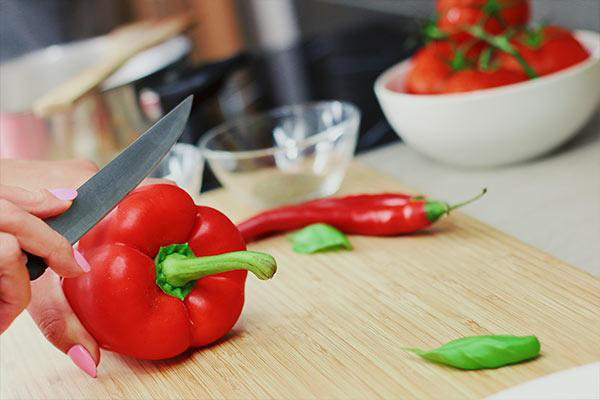Julienne, fine dice, catonnet cut – these cuts are not possible without proper knife skills training. Proper knife training is one of the many skills you can learn while studying in our Culinary Arts Program. Safe knife handling skills are imperative to a successful culinary education and career. Learning how to handle a knife safely is more challenging than it seems. Certain precautions should be taken while handling a knife. Keep reading to learn some of the common mistakes that new knife handlers often make. Our knife safety tips can have you handling knives like a professional!
10 Avoidable Knife Handling Mistakes
Want to stay safe while you hone your cooking skills in your culinary arts training class? Learn about knife safety tips to enhance your cutting skills!
1. Safe Knife Handling
Safe knife handling is imperative for culinary arts students. For starters, it can keep you from becoming one of many Americans who suffers a knife wound. According to the Washington Post, about 330,000 people visited the hospital to treat a knife cut that happened at home. 1 Proper knife safety in the kitchen requires you to hold the blade securely with your thumb and index finger. Move the knife back and forth as you cut.
2. Keep Knives in A Safe Place
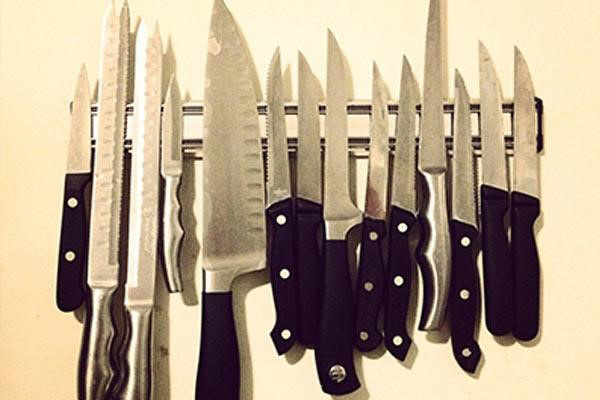
Keep knives in a safe place. This knife safety tip is especially important if you have children. Purchasing something like a magnetic knife board will help ensure that your knives are stored properly. Magnetic knife boards also help keep knives out of places like drawers, where a child can potentially reach them.
3. Avoid Damaged Knives
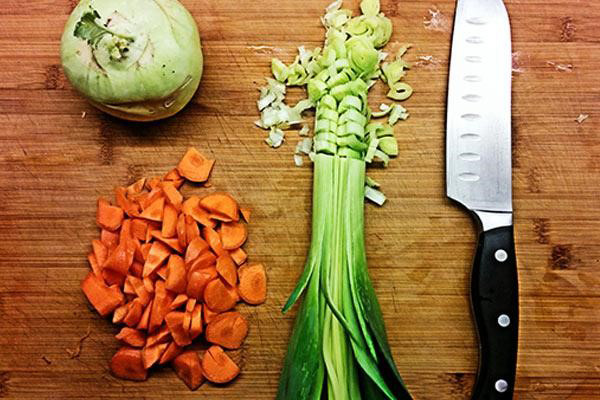
Avoid damaged knives. Dull knives can slip and end up cutting you instead of the food. This is because dull and damaged knives require more pressure to cut the food, which may cause the knife to slip. To prevent damage, return the knives to their sheath or store them in either a rack, tray, wooden knife block, or on a wall-mounted magnetic strip. 3
4. Protect Your Counters
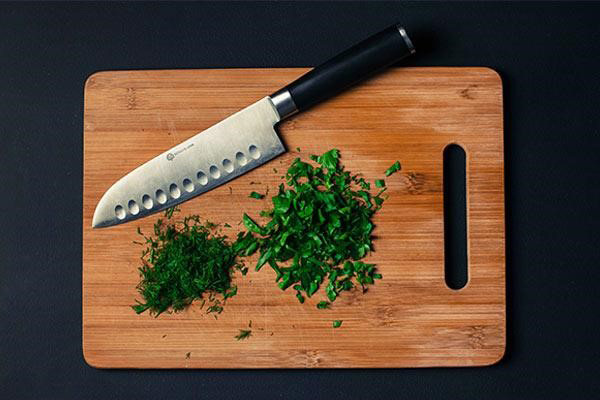
Be sure to protect your counters prior to handling food.. Carve and chop all foods on a cutting board (avoid cutting boards made of porcelain, glass, or metal)3. Furthermore, as the Huffington Post shares, marble, wood, and granite countertops are too hard for knives. 2 You’ll learn to make a habit of this during the knife safety training portion of culinary arts classes.
5. Sharpen The Blade
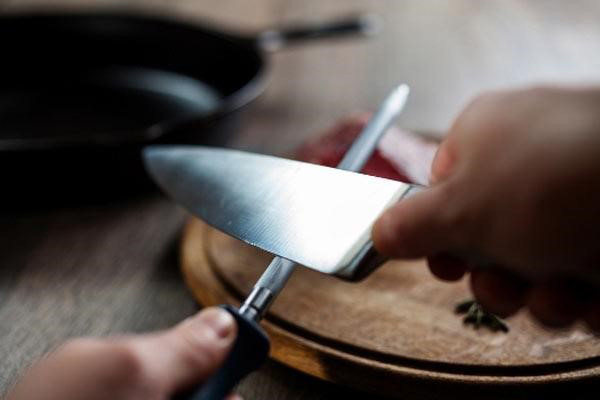
Make sure that your blade is sharp before each use. Doing so will keep you from applying unnecessary pressure to cut the food will allow you to safely cut your foods without the knife slipping from lack of sharpness.
6. Choose The Right Type of Knife
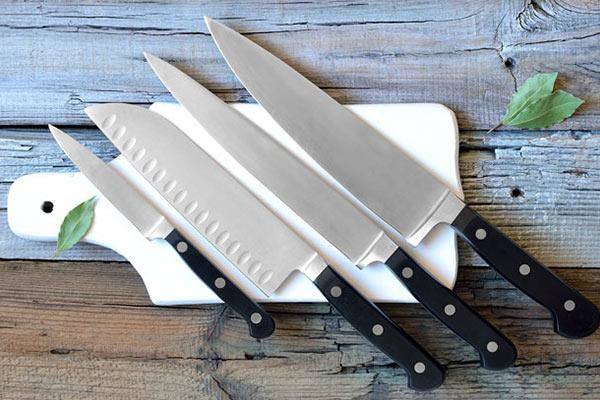
Choosing the right knife for the job is important. During the knife safety training portion of Dorsey’s culinary arts training classes, you can learn about multi-purpose knives: these knives are good for cutting meat, vegetables, and fruit. Use a bread knife when cutting food like bagels, rolls, and muffins.
7. Always Dry Your Knives
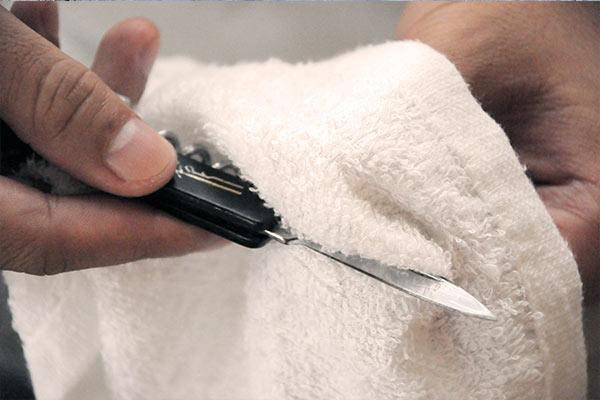
Always dry your knives, as failure to do so could allow for rust to form. Drying your knife after each handwash will assist in preventing rusting. To dry your knives, use a cloth to carefully wipe each side of the blade as well as the spike (back) of the blade.3 You should avoid putting your knives in the dishwasher for the same reason.
8. Inspect Your Knives
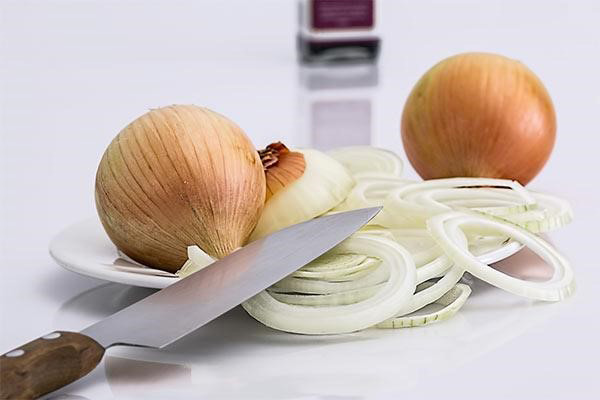
Inspect your knives. Depending on the brand of knife, parts can become loose or weak. Inspecting your knives frequently can help protect you from an injury while using the knife. These knife safety tips are regularly practiced in the kitchens of the world’s top chefs.
9. Don’t Burn Yourself!
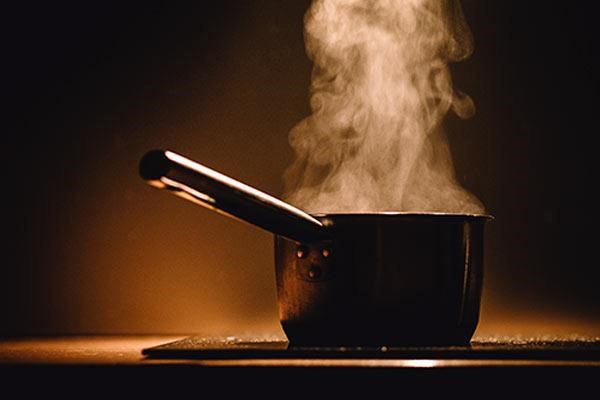
Burning yourself is not cool. Professional knife safety tips include letting food cool before you pick it up and start cutting it and properly testing temperature by piercing freshly boiled food. For example, let boiled potatoes cool before you start to peel them.
10. Don’t Get Caught Off Guard
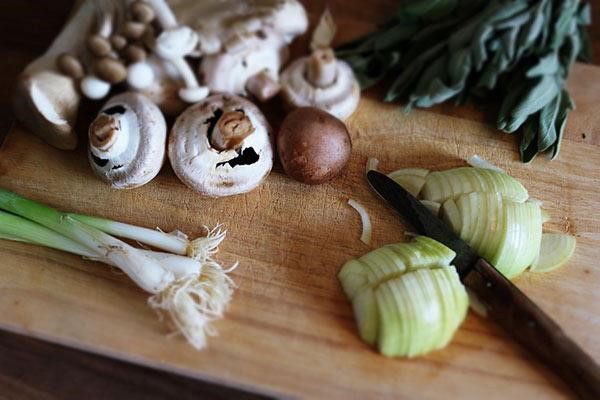
You don’t want to get caught off guard. Read over your recipe to know which foods, seasonings, knives and other utensils you’ll need to prepare food. Also, keep your floor dry: these knife safety tips help prevent you from sliding or falling on the floor, especially while you’re holding a sharp knife.
Learn more about these and other knife safety tips during a Dorsey Schools culinary arts training class. In addition to learning about knife safety in the kitchen, you can gain baking, dessert, and cuisine cooking skills during your training.
Dorsey Schools Culinary Academy Training Program
At Dorsey Schools, we are ready to connect with you and answer your questions about how our culinary arts training program could help you to gain the education and skills that are generally required of cooks, food preparers, bakers, and chefs. Important areas covered during the training include safe knife handling, customer service strategies, cooking techniques, sanitation, food preparation, and catering.
Campus locations where Dorsey Schools’ Culinary Arts diploma training program is taught include Roseville and Waterford-Pontiac. Culinary equipment is provided to each student during the program. Dorsey’s Culinary Arts training program is accredited by the Accrediting Commission of the American Culinary Federation Education. Contact us today to speak with one of our experienced admissions representatives.
Let us support your cooking, restaurant management and catering training goals. Call us at 1-888-422-1188 to learn how our experienced team can help provide you with important cooking, food preparation and kitchen management skills.
Sources:
- 1https://www.washingtonpost.com/national/health-science/knife-injuries-and-other-kitchen-mishaps-afflict-both-top-chefs-and-everyday-cooks/2013/01/07/92e191f8-4af0-11e2-b709-667035ff9029_story.html
- 2http://www.huffingtonpost.com/2015/05/21/how-to-care-for-kitchen-knives_n_1455613.html
- 3http://www.ehs.uconn.edu/forms/TTT/SuppMat.pdf

